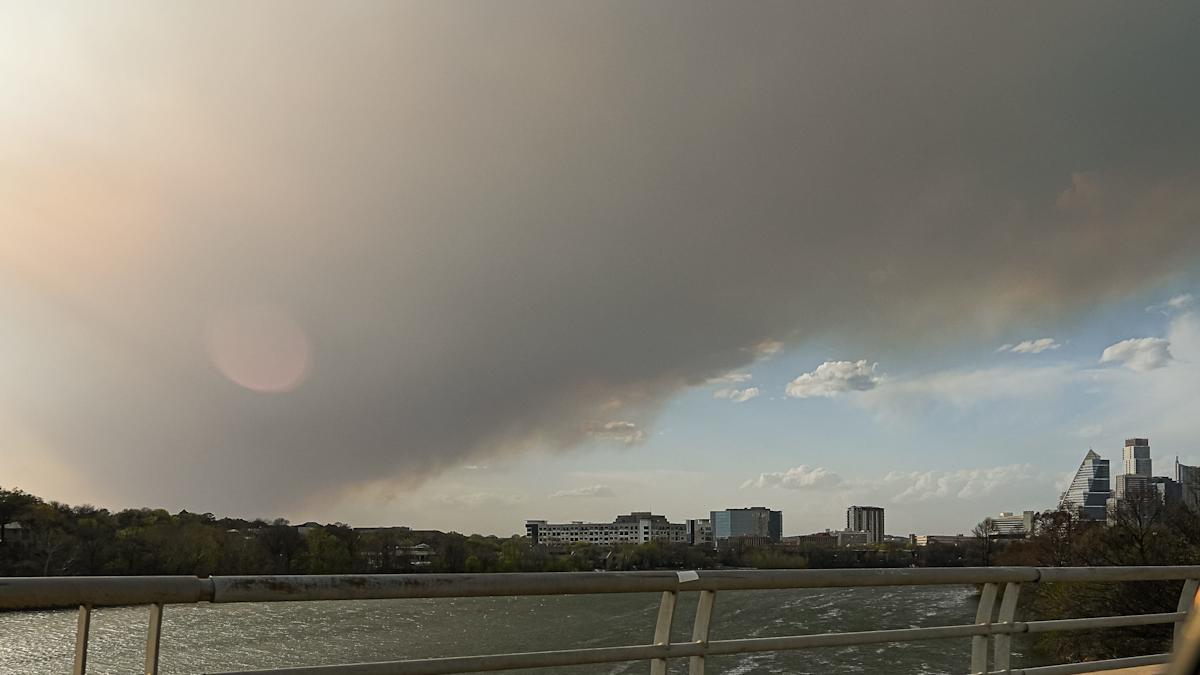Wildfire Near Fredericksburg: Understanding the Recent Calm
As the **wildfire near Fredericksburg** shows promising signs of calming down after raging through an expansive 8,640 acres, many are left wondering about the factors contributing to this shift. The local community, environmentalists, and fire management experts are keenly observing the situation. Understanding what lies behind this recent calm is essential not only for immediate safety but also for the broader implications for the ecosystem and the people residing in the area.
Current Status of the Wildfire
Recent reports indicate that the wildfire, which has been a significant concern for residents and officials alike, is beginning to stabilize. Firefighting teams have made remarkable progress in containment efforts, reducing the active flames significantly. The combination of favorable weather conditions, strategic firefighting tactics, and community support has played a crucial role in this calming phase.
Factors Contributing to the Calm
Several key factors have contributed to the overall calming of the wildfire near Fredericksburg:
- Weather Conditions: Recent shifts in weather patterns have brought cooler temperatures and higher humidity levels, which are less conducive to fire spread. Rainfall in the area has also helped to dampen the flames and reduce the intensity of the fire.
- Firefighting Strategies: The coordinated efforts of local, state, and federal firefighting teams have proved effective. Utilizing aerial support and controlled burns to create firebreaks has allowed firefighters to manage the blaze more efficiently.
- Community Involvement: Local residents have shown remarkable resilience and cooperation, adhering to evacuation orders and assisting in relief efforts. This community spirit has been vital in ensuring safety and facilitating a smoother recovery process.
Implications for the Local Ecosystem
The calming of the wildfire near Fredericksburg opens a pathway to discuss its potential long-term effects on the local ecosystem. While wildfires can be devastating, they also play a role in the natural cycle of many ecosystems.
- Habitat Restoration: Some plant species depend on fire for regeneration. The wildfire may lead to a rejuvenation of certain flora, promoting biodiversity in the long run.
- Wildlife Impact: While the immediate effects on wildlife can be detrimental, many species have adapted to thrive in fire-affected areas. Over time, the ecosystem may recover and even flourish, attracting new species.
- Soil Quality: The aftermath of a fire can lead to improvements in soil quality. Ashes enrich the soil with nutrients, benefiting future plant growth.
Community Resilience and Recovery
As the wildfire near Fredericksburg begins to calm, the focus shifts to community resilience and recovery efforts. The psychological impact on residents cannot be understated, as many have faced the anxiety of evacuation and the fear of losing their homes.
- Support Systems: Local authorities and non-profit organizations are stepping up to provide emotional and financial support to those affected. This support is crucial for helping individuals and families rebuild and recover.
- Community Meetings: Open forums are being held to keep residents informed and to discuss recovery plans. This transparency fosters trust and encourages community involvement in recovery efforts.
Looking Ahead: Mitigation and Preparedness
With the recent calm surrounding the wildfire near Fredericksburg, it is an opportune moment to reflect on fire mitigation strategies and preparedness for the future. Experts emphasize that understanding the causes and patterns of wildfires can significantly enhance community resilience.
- Firebreaks and Controlled Burns: Implementing more firebreaks and conducting controlled burns can help manage the fuel load in surrounding areas, reducing the risk of future wildfires.
- Education and Awareness: Increasing public awareness about fire safety and prevention can empower communities to take proactive measures, such as maintaining defensible spaces around properties.
- Investment in Resources: Local governments should consider investing in firefighting resources, including equipment, personnel training, and community outreach programs.
Conclusion: A Path Forward
The wildfire near Fredericksburg serves as a stark reminder of nature’s power, but it also highlights the resilience and determination of the community. As the situation continues to stabilize, it is crucial for residents to engage in recovery efforts while also preparing for the future. By understanding the factors behind the recent calm and the potential ecological impacts, the community can emerge stronger and more united.
In the face of adversity, the people of Fredericksburg are learning not only to survive but also to thrive, turning challenges into opportunities for growth and healing. As experts suggest, the recent calm is not just a pause but a chance for reflection and action toward a more resilient future.
See more Your Daily Weather



